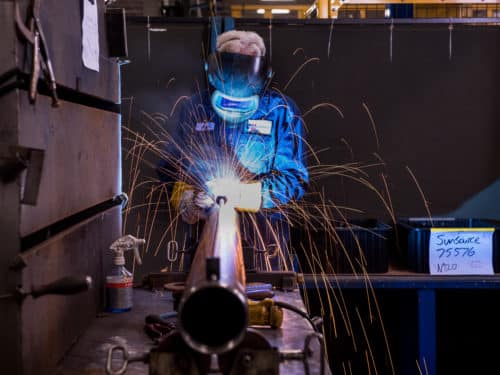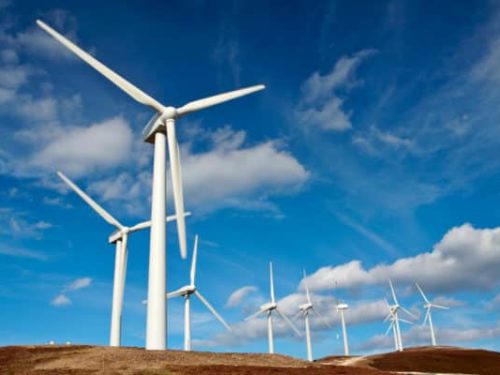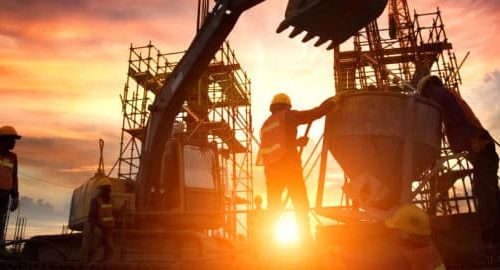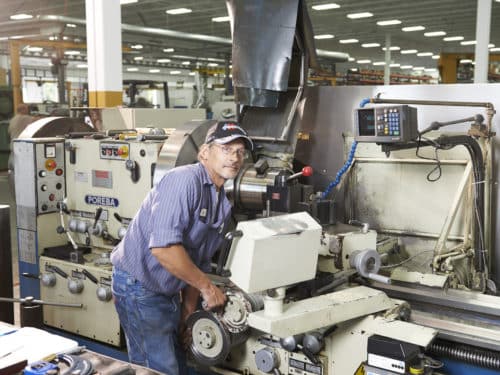Using off-the-shelf cylinders works fine in some cases. But trying to make a standard hydraulic cylinder fit your machinery or a non-standard application can damage equipment, create unsafe situations, and affect productivity. Designing a custom hydraulic cylinder solves these problems by providing a Purpose-Built™ solution that meets your application and performance requirements.
Custom Hydraulic Cylinder Design Factors
Several factors influence your custom hydraulic cylinder design, not just the application it’s being applied to. Working load, geometry of motion, stroke length, duty cycle, and mounting needs are all things to consider in designing your custom hydraulic cylinder.
Cylinder Design
Custom hydraulic cylinders come in several designs, though telescopic and welded hydraulic cylinders are the most common. Telescopic hydraulic cylinders feature anywhere from 2 to 5+ nesting stages: the more stages, the longer the possible working stroke.
Single-Acting vs. Double-Acting
Another important custom hydraulic cylinder design consideration is single vs. double acting. As with anything, the type you need depends on the application. If you only need to push loads in one direction and have an external force retract it, a single-acting cylinder might be the best option. Any application requiring controlled pushing and pulling should use a double-acting cylinder.
Working Load
Working load is a critical factor in determining the operating pressure, and size and style of hydraulic cylinder needed for your application. For example: if you want to lift 5000lbs vertically, you’ll need at least 5000lbs of operating force to lift the load. However, pushing 5000lbs horizontally requires less force because you only need to overcome the resistance of the object’s friction sliding over a surface.
Bore Size
Bore size correlates to the force output available for your welded or telescopic hydraulic cylinder. The force produced by the hydraulic cylinder is calculated by multiplying the hydraulic pressure by the area of the internal piston surface. Using this calculation will ensure your cylinder is built with the correct bore size for your application.
Geometry of Motion
After determining the working load, the geometry of the hydraulic cylinder’s motion needs to be considered. A forklift, for example, raises and lowers loads vertically. This makes the calculation straightforward. However, when the motion is off-center from vertical or horizontal, and the lifting force shifts, the required force changes considerably.
In some cases, the load on the end of the hydraulic cylinder rod can be 10x or more than the actual weight of the working load. This may require a larger bore, larger rod, or both depending on the distance of the stroke length.
Stroke Length
Stroke length is a factor in determining the appropriate rod size for your custom hydraulic cylinder. As the rod size and stroke length increase, so do the loads inside the bearing surface and the cylinder. Off-the-shelf hydraulic cylinders may only come with one or two rod size options. A custom cylinder is sized appropriately to prevent the rods from buckling under the weight of your load.
Duty Cycle
Duty cycle is also consideration for your custom hydraulic cylinder design. Your engineer should consider the static and dynamic loads, inertia, and how many cycles the hydraulic cylinder will run through daily. Understanding the duty cycle helps prevent fatigue to the cylinder’s threaded and welded joints.
Operating Environment
Temperature, moisture, and other environmental factors determine the type of material needed for your custom hydraulic cylinder. For example, a marine environment requires high corrosion resistance. The cylinders used in construction equipment need to withstand extreme temperatures, moisture, and grime.
American-Made Custom Hydraulic Cylinders and Components
Selecting the right hydraulic cylinder for your application doesn’t have to be a daunting challenge. Aggressive Hydraulics engineers use best practices to design custom hydraulic cylinders that perfectly match your application requirements. Our team has over 100 years of combined experience and understands the factors involved in producing the right solution for your industry and equipment.
Whether you need one, or one thousand custom hydraulic cylinders, we can help. Give us a call at 866-406-4100 to speak with our team.



